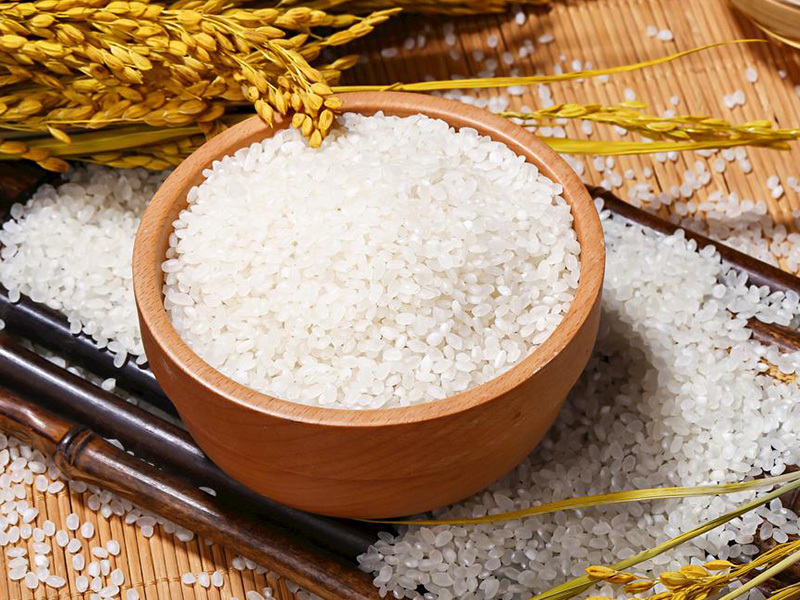
Rice Husking Processing
Tidecom Group adheres to the business philosophy of "creating value for customers and innovating life with technology", integrates global industry resources, continues technological research and development innovation, and is guided by market customer needs, providing customers with more cost-effective products and services.
Rice husking processing generally includes the main links such as raw grain cleaning, hulling and separation of hulling materials, rice milling, polishing, and color sorting.
Category:
Keyword:
Auto Interior | Plastic Parts
Solution Description
Process Flow Of Rice Husking
(1) Raw Grain Cleanup
● Primary cleanup: Vibrating screen, cylindrical screen and other equipment are used to remove large miscellaneous items in rice, such as straw, hemp rope, etc., as well as small miscellaneous items, such as soil, sand and gravel.
● Stone removal: The stone removal machine is used to separate heavy impurities such as stones by using the density difference between rice and stones.
● Magnetic separation: through magnetic separation equipment such as permanent magnet cylinders, the magnetic metal impurities in the rice are removed to avoid damage to the subsequent processing equipment.
(2) Hulling And Separation Of Hulling Materials
● Hulling: Use a huller to dehull the cleaned paddy to separate the husk of the paddy from the brown rice. Common huskers include rubber roller huskers and sand tray huskers.
● Separation of hulling materials: The mixture after hulling includes brown rice, rice husk and unhulled rice, etc., which is separated by equipment such as grain rough separator and gravity grain rough separator, and brown rice enters the next process.
(3) Milling
● One-time rice milling: Usually carried out by rice milling machine, the screw propeller in the rice milling machine is used to push the brown rice into the white grinding chamber, through the friction between the grinding roller and the brown rice and the pressure in the white grinding room, the cortex on the surface of the brown rice is removed, so that the brown rice gradually becomes white rice.
● Multiple rice milling: In order to improve the quality and accuracy of rice milling, many processes now adopt multiple rice milling processes, that is, brown rice is gradually milled through several rice milling machines with different degrees of whitening. In this way, the taste and quality of rice can be guaranteed, and the production of broken rice can be reduced, and the rice yield can be improved.
(4) polishing
● Polishing the white rice after rice milling to make the surface of the rice grains smoother, whiter and shinier, and at the same time remove impurities such as bran powder on the surface of the rice grains to improve the purity of the rice.
(5) Color Sorting
● The rice enters the color sorting channel evenly through the feeding device of the color sorter, in which the rice grains fall in a single row, the light source of the color sorter irradiates the rice grains, and the reflected light is received by the photoelectric sensor. When the sensor detects the discoloration particles, it will control the air valve to spray a high-pressure air flow to blow the discoloration particles out of the normal logistics channel, so as to achieve color sorting separation.
(6) Packaging
● Quantitative packaging scales and other equipment are used to accurately measure and package the rice after color sorting according to the set weight.
System advantages
(1) Improve product quality
● Better taste and appearance, and reasonable nutrient retention.
(2) Ensure food safety
● Impurities are removed thoroughly and microbial control is effective.
(3) Improve production efficiency
● The degree of automation is high, and the production process is optimized.
(4) Promote resource utilization
● The comprehensive utilization of rice has realized the maximum utilization of resources and improved the economic benefits of enterprises. Efficient energy utilization, improve the efficiency of energy utilization, and reduce production costs.
Related Products







